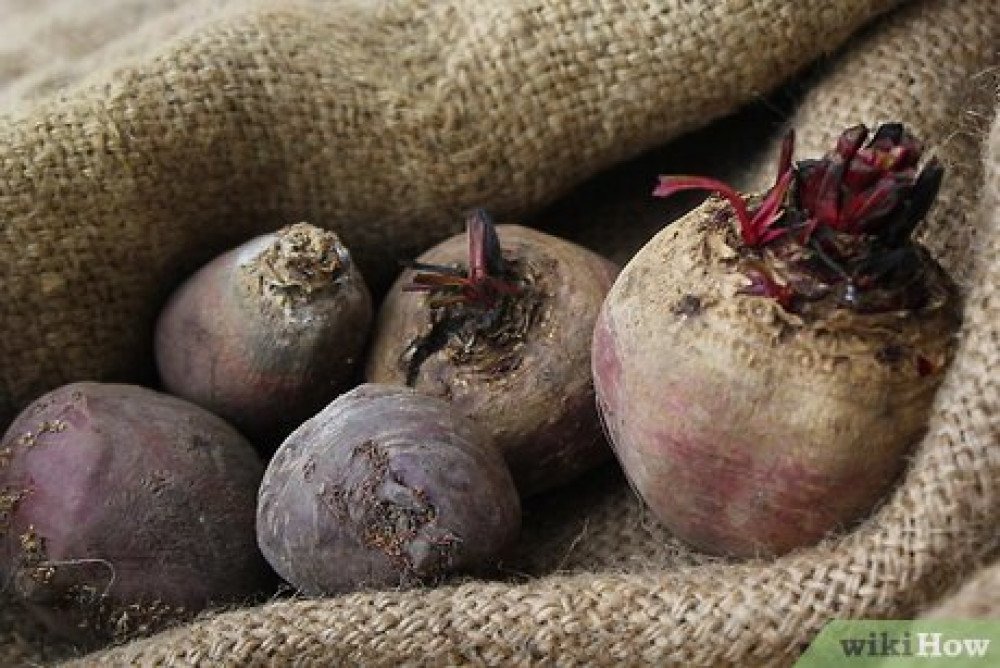This unusual plant is quite the definition of a secret well hidden. Often overlooked on the grocery list, it is advisable to include it occasionally if not often in your diet. The plant has more than one name which include; red beet, table beet, garden beet as well.
It has edible leafy tops which contain beta carotene, calcium and iron; these may be cooked in exactly the same way as spinach-slightly sautéed or steamed.
In ancient civilizations only the leaves were eaten, the root being used purely medicinally- to treat ailments such as headaches and toothaches.
In this day and age, only the root is usually eaten -raw, ready-boiled, pickled in vinegar or canned. Beetroot has one of the highest sugar contents of any vegetable, containing the equivalent of a teaspoonful of natural sugars per 100g. It is a relative of sugar beet that was used only as an animal feed, but today harvested for sucrose.
Unusual beet property; The taste and texture of the processed vegetable remain quite faithful to those of the fresh original. This means that the texture remains as is even after cooking it.
Point to note; Vinegar may give pickled beetroot an added piquancy. However, pickled beet does reduce the levels of all its nutrients- both vitamins and minerals.
Nutritionally, freshly boiled bee is a good if not better source of nutrients than the raw vegetable. It has higher levels of most minerals, including potassium(regulates the heartbeat, and maintains normal blood pressure and nerve function).
Benefits of Beetroot
- A good source of folate- an essential vitamin for healthy cells(a deficiency of which is associated with Anemia).
- A source of vitamin C.
- Contains anti-carcinogens(either boiled or raw).
Uses of Beet
- The betacyanin pigment contained in beet is extracted to create a food coloring called, beetroot red. It is use din processing to add color to anything from oxtail soup to ice cream, bacon burgers to liquorice, tomato paste as well.
Last but not least, the case of Pink Urine..
After eating beetroot, urine or stool appear pink. Parents who feed their babies beetroot puree are often distressed by resulting pink nappies.
All that this indicates is an inability to metabolize betacyanin, the red pigment. The harmless compound simply passes straight through the digestive system.
On the downside, beet naturally contains high nitrate levels, which the digestive system converts into nitric oxide. This compound relaxes and widens blood vessels thus lowering blood pressure. Therefore its best to avoid beet if one has low blood pressure.


Add your reply
Replies